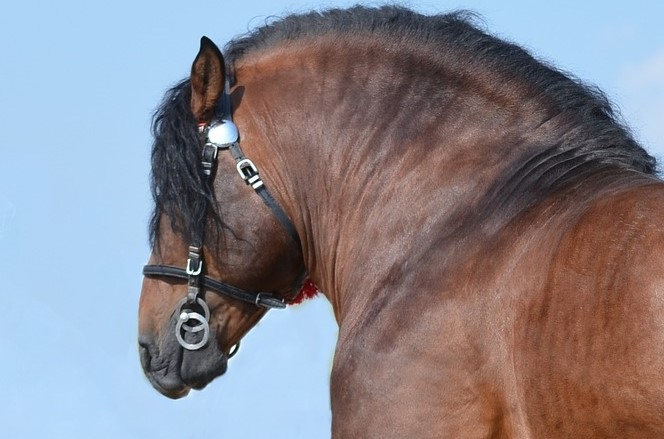
Most horse owners have heard about equine Cushings disease and are familiar with some of the common clinical signs: a long curly haircoat, delayed shedding, topline loss, pot-bellied appearance, and sometimes laminitis. Additional signs include recurrent infections, delayed healing, increased water intake and urination, and lethargy. Especially as our equine companions live longer than ever before, a diagnosis of Cushings disease is very common. But what causes these clinical signs and what can be done for horses with this condition?

What is Equine Cushings/PPID?
Equine Cushings is the most common endocrine disease in our older horse population. Cushings in humans and dogs differs from the equine condition, so equine Cushings is more accurately known as PPID (pituitary pars intermedia dysfunction).
The small pituitary gland is found at the base of the brain near the hypothalamus. It is composed of three different parts, each with unique functions. As indicated by the name, PPID affects the pars intermedia portion of the pituitary gland. The neighboring hypothalamus helps regulate the pituitary’s secretion of hormones. When this regulation is disrupted, the pituitary continues to secrete hormones unchecked. Usually the hypothalamus releases dopamine, a hormone, to signal the pars intermedia to stop producing hormones. In older horses and PPID affected horses, there is less dopamine to inhibit the pars intermedia, so it continues releasing hormones and increases in size. The increased amounts of these hormones, including one called ACTH, affect your horse’s thirst, thermoregulation, and response to stress.

How to Diagnose PPID
Diagnosis of PPID is made with blood work to measure the level of the ACTH hormone. Completion of full metabolic panel in addition to ACTH level is important to investigate other hormones that may also be affected, such as insulin and leptin. One important consideration is the time of year when blood is drawn, as ACTH levels of all horses increase during the transitional fall period (approx. mid August through end of November).
PPID Treatment Options
PPID is a manageable, but not curable condition. The mainstay of treatment of PPID involves daily administration of pergolide (prascend). This medication helps reduce ACTH levels and improve clinical signs. Horse owners report improvement in shedding, better maintenance/building of topline, and improved attitude/appetite. Treatment of PPID can also help reduce circulating insulin levels in those horses that experience elevated insulin secondary to PPID, thus reducing the risk of laminitis. For horses with concurrent insulin dysregulation, additional medications and dietary management may be indicated to further mitigate the risk of laminitis. Many herbal remedies claim to aid in treatment of PPID, such as chasteberry, but studies have failed to prove any benefits of supplementation. Treating PPID with pergolide improves both quality and length of life for affected horses.







No comment yet, add your voice below!